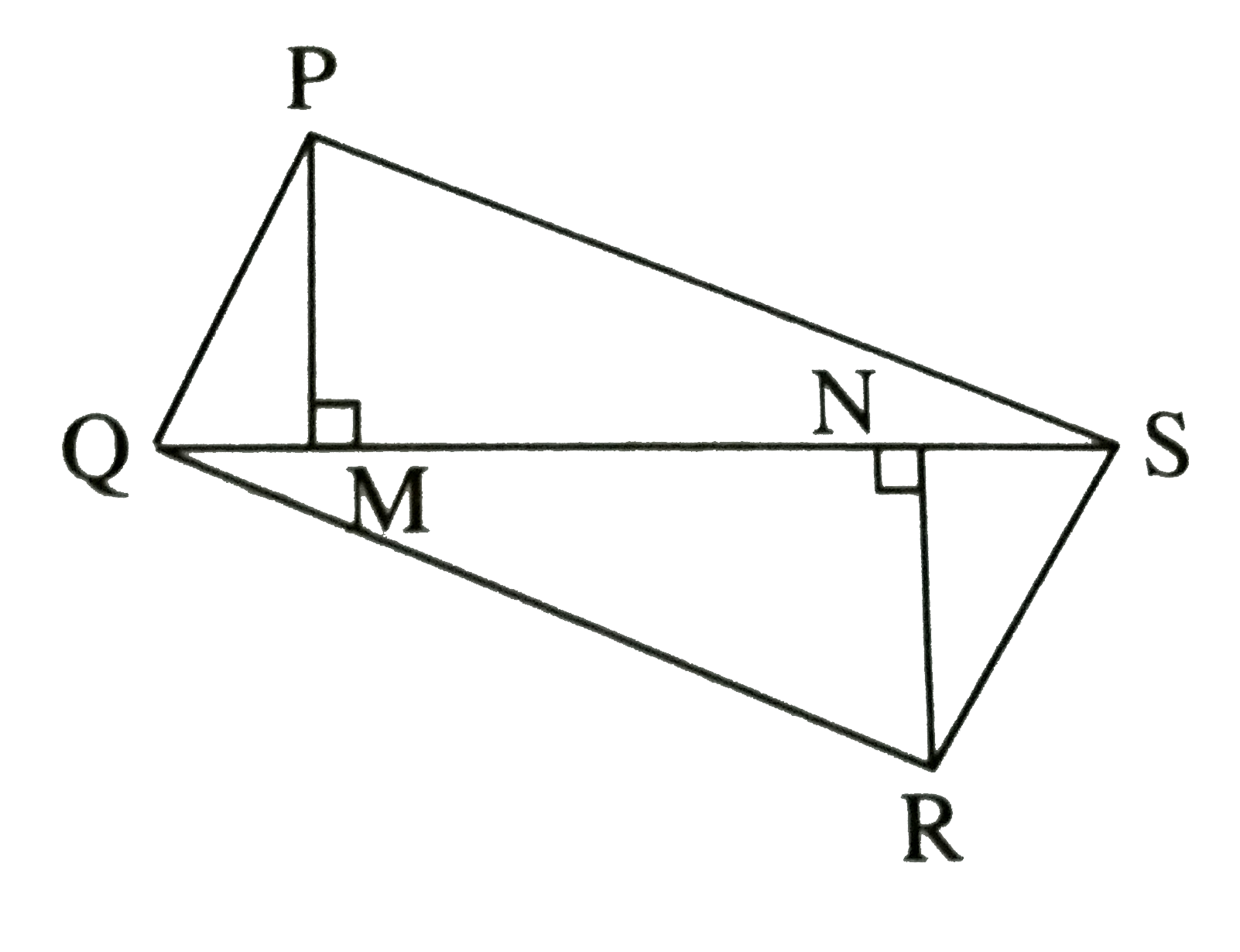In the adjoining figure, PM = 10 cm, A(ΔPQS) = 100sq.cm,A(ΔQRS)=110sq. cm, then find NR.

The correct Answer is:∴ NR = 11 cm
Step by step video & image solution for In the adjoining figure, PM = 10 cm, A(DeltaPQS) = 100sq. cm, A(DeltaQRS) = 110sq. cm, then find NR. by Maths experts to help you in doubts & scoring excellent marks in Class 10 exams.
Topper's Solved these Questions
- BOOK - TARGET PUBLICATIONCHAPTER - SIMILARITY EXERCISE - Activites for Practice4videos
SIMILARITY
- BOOK - TARGET PUBLICATIONCHAPTER - SIMILARITY EXERCISE - Multiple Choice Questions28videos
SIMILARITY
- BOOK - TARGET PUBLICATIONCHAPTER - SIMILARITY EXERCISE - Practice Set 1.47videos
SIMILARITY
- BOOK - TARGET PUBLICATIONCHAPTER - QUESTION FROM STD. IXEXERCISE - Statistics14videos
QUESTION FROM STD. IX
- BOOK - TARGET PUBLICATIONCHAPTER - STATISTICSEXERCISE - Problem Set-621videos
STATISTICS
Similar Questions
Knowledge Check
- Question 1 - Select One
In the figure, PQ = QR = RS = SP = SQ = 6 cm and PT = RT = 14 cm. The length of ST (in cm) is
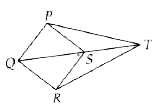 A4√10B(7√3−2)C10D11
A4√10B(7√3−2)C10D11 - Question 2 - Select One
In a triangle ABC point D and E lie on the sides AB and AC, respectively. Lines segments DC and BE intersect inside the triangle at O. The area of △BOC=8sq.cm,△BDO=7sq.cm and △CEO=4sq.cm. Find the area of quadrilateral ADOE.
AA)21 sq. cmBB)28 sq. cmCC)25 sq. cmDD)19 sq. cm
In the adjoining figure, if PA=10 cm, then find the perimeter of ΔPCD.
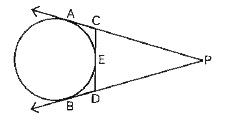 View Solution
View SolutionIn the adjoining figure, AB=8cm,DM=6cmandBC=6cm. Find the length of DN
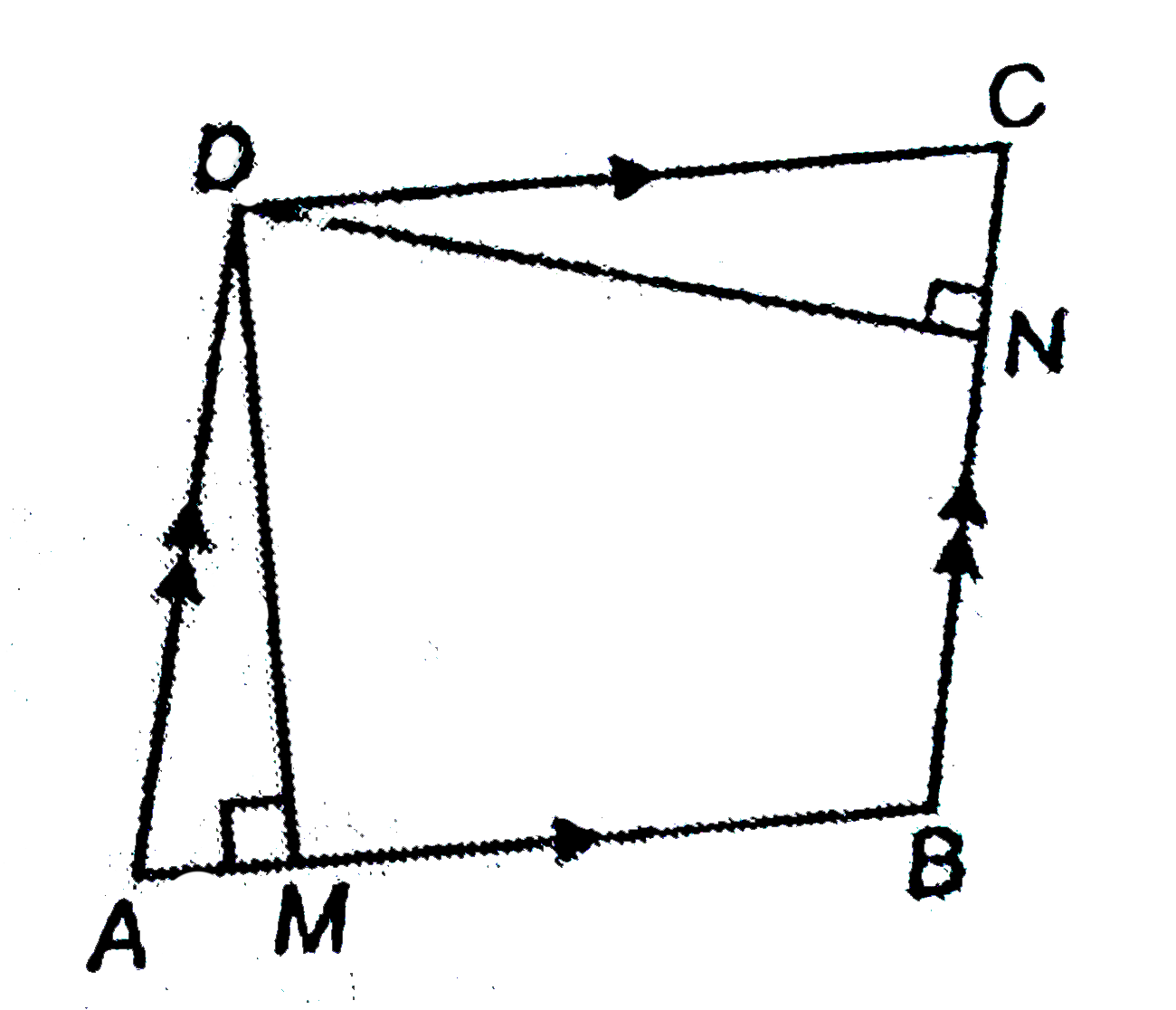 View Solution
View SolutionIn the adjoining figure: ∠PSQ=90∘ , PQ= 10 cm , QS = 6cm and RQ = 9cm . Calculate the length of PR.
View SolutionIn figure, DE || BC. IF DE = 3 cm, BC = 6 cm and area of ΔADE=15 sq. cm, then the area of ΔABC is
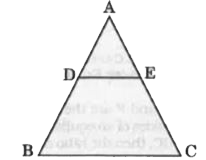 View Solution
View SolutionThe length of one pair of opposite sides of a square is increased by 5 cm on each side; the ratio of the length and the breadth of the newly formed rectangle becomes 3 : 2. What is the area of the original square? (a) 25 sq. cm (b) 81 sq. cm (c) 100 sq. cm (d) 225 sq. cm (e) None of these
View SolutionIf the area of a triangle is 100sq,cm,r1=10cm and r2=50cm, then find the value of (b−a)
View Solution


